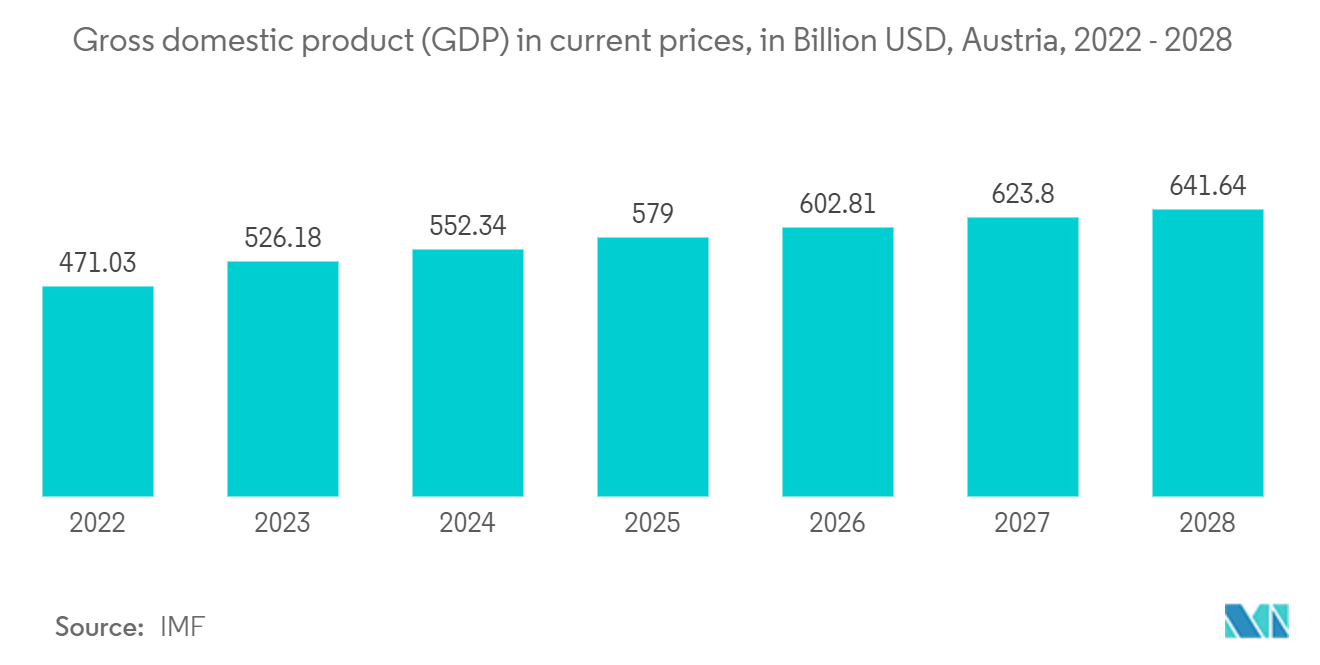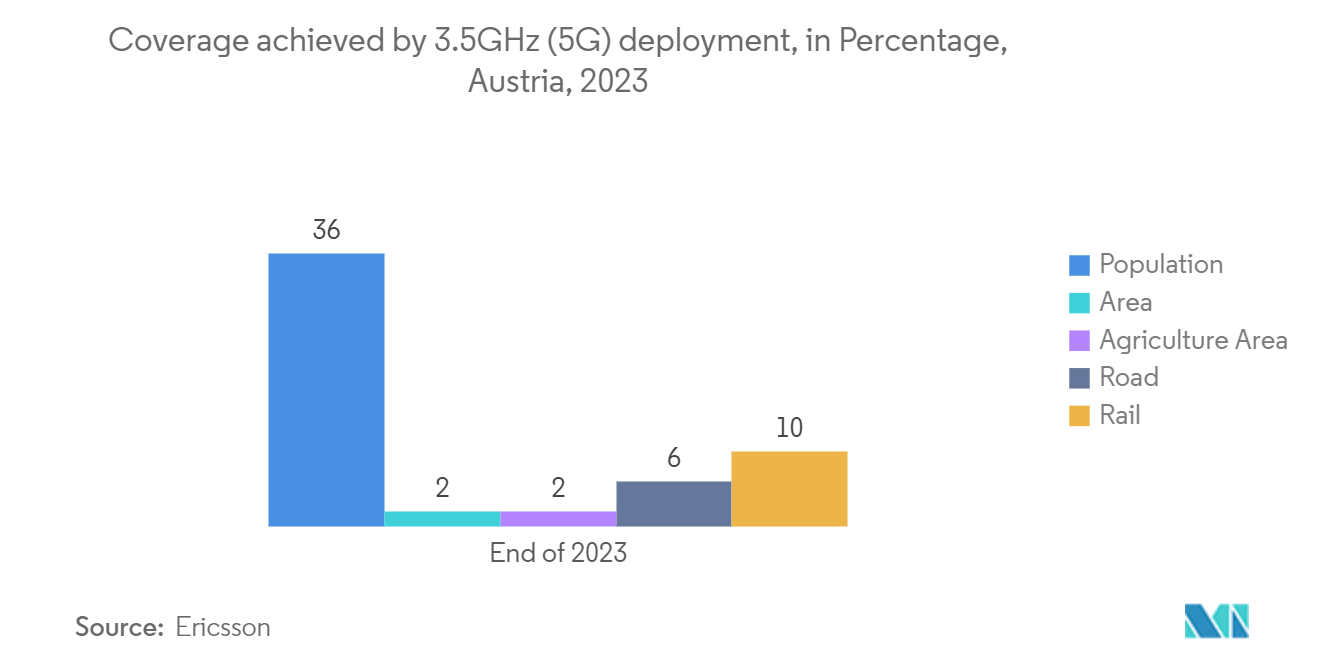Market Trends of Austria Data Center Physical Security Industry
Video Surveillance is Anticipated to be the Largest Segment
- Data centers are home to sensitive and vital data, which makes security their highest priority. Data center operators help ensure that security standards and regulations are respected through video surveillance systems, which monitor access, detect unauthorized entry, and maintain compliance.
- According to Mark Soto, one-third of data breaches originate from internal users. With the use of video surveillance, it can easily be recorded who entered what area and what they did there. Additionally, the presence of video surveillance can have a strong deterrent effect on attackers. Attackers may have to find a way to bypass video surveillance and abandon their attacks.
- In March 2023, Quantum Corporation, a video and unstructured data solutions company, announced version 5.0 of its Unified Surveillance Platform (USP) software, a unified computing and storage platform for mission-critical video surveillance and analytics. \
- This latest software release introduces patented video data reduction technology to record thousands of video streams simultaneously with maximum uptime and fewer servers, minimizing the risk of hardware failure and data center footprint by an 80% reduction.
- Further, the growth in the development of new data centers in Austria would trigger market demand.

IT & Telecommunication is Anticipated to be the Fastest Growing Segment
• The surging integration of AR technology, cashless payments, and expanding over-the-top (OTT) platform subscriptions are expected to drive the increase in number of servers in data centers.
• Users in Austria see a better 5G experience in urban areas, with an average download speed of 162.3 Mbps. The abovementioned instances suggest the rising use of smartphones in Austria, which constantly increases data. This necessitates a growing amount of storage space to accommodate the uncontrollable flow of data and the need for real-time processing and analysis. Data centers must manage the sheer amount of data. Thus, the requirement for extra servers in data centers in Austria may increase as the number of smartphone users rises.
• In 2022, the nation's average data speed was expected to be 63.05 Mbps. 3 (Drei) Austria began rolling out its 4G LTE network in 2014, and 4G availability reached 74.3% with a 27.84 Mbps download speed by 2017. Furthermore, by the end of 2020, 5G was launched in all provincial capitals. Since the launch of both of the services, 4G reached 89.6 Mbps in 2022, and 5G reached 162.4 Mbps by 2022.
• The “5G strategy for Austria” document was approved in April 2018, and the service was expected to reach main traffic roads by the end of 2023, followed by nationwide coverage for two years.
• More than 650,000 buildings are expected to have high-speed FTTH ("Fibre to the Home") internet connections owing to the EUR 1 (USD 10918 Biilion) billion investment. Such developmental aspects are expected to complement the growth of the broadband network in the region and substantiate the growth of data center facilities in the market further.


